Are you interested in our offer?
Ask for details!
Categories
-

Wall decors (28)
-
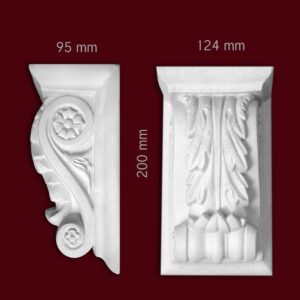
Console elements (48)
-
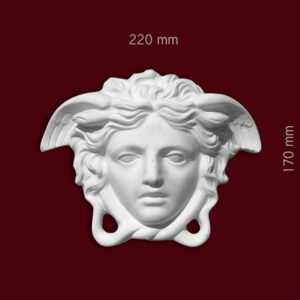
Decorative Elements (79)
-

Festoons/garlands (4)
-
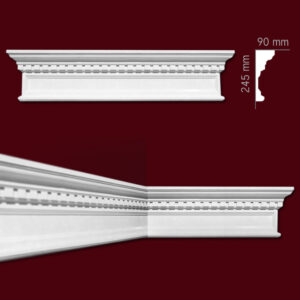
Cornices type G (25)
-

Columns, Heads and Bases (52)
-

Consoles/brackets (31)
-

Domes and Niches (9)
-
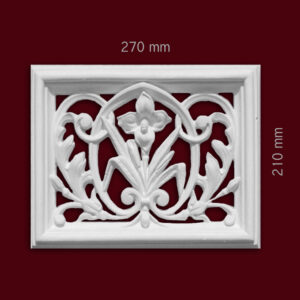
Ventilation Grilles (15)
-

Flowers/small rosettes (21)
-
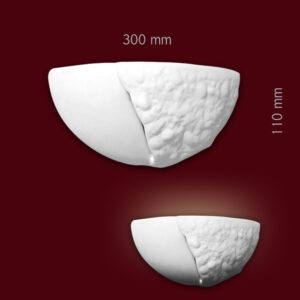
Lamps (8)
-

Flat decorative strips (49)
-
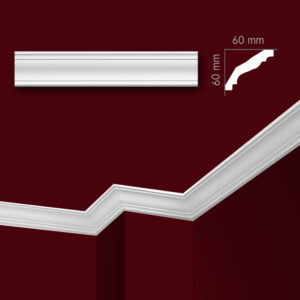
Cornices (91)
-
Skirtings (6)
-
Corners for Flat Strips (29)
-
Corners and connectors (12)
-

Circles (4)
-
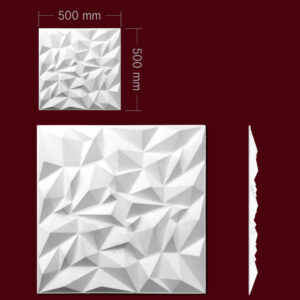
3D panels (16)
-
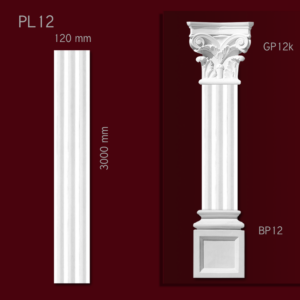
Pilasters, Capitals and Bases (55)
-
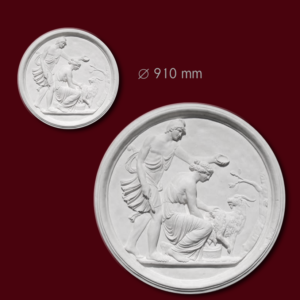
Plafonds/bas-reliefs (14)
-
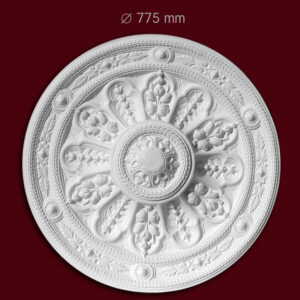
Rosettes and circles (70)
-

Finials (doors, fireplaces) (12)
-

Keystones (14)
-

keystones/cubes (9)
Company Details
- Master Corgips
- ul. Słoneczna 1, 84-250 Gniewino
- NIP: 583 258 91 58
- Give us a call
- tel.: +48 58 676 0171
- mob.: +48 608 675 812
- E-mail: corgips@corgips.pl
- Copyright Master Corgips 2023
- Privacy and cookies policy
- FAQ